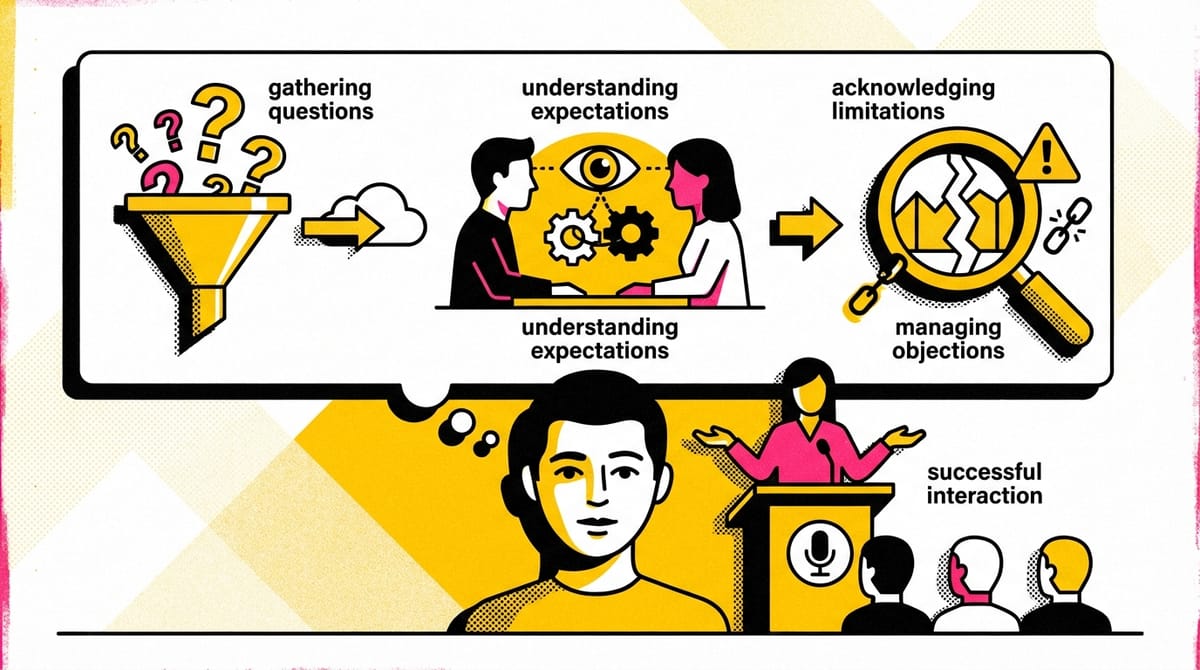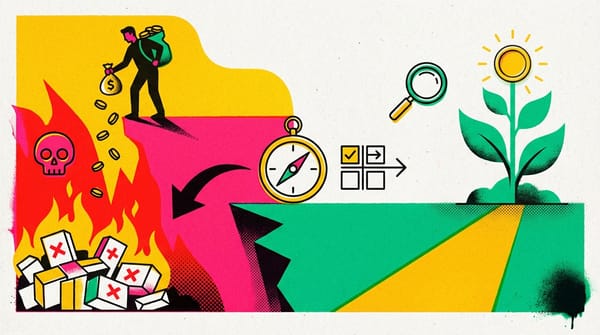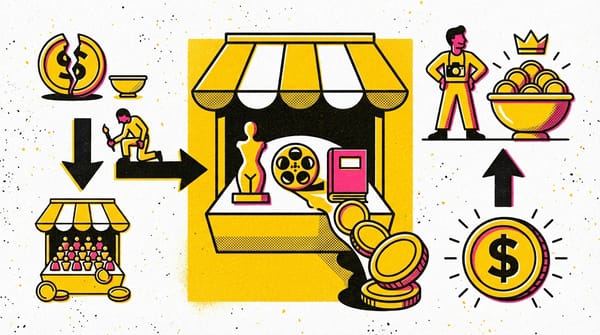Data caveats & limitations
Discover essential data caveats and limitations to enhance your Q&A sessions. Equip yourself with strategies for effective stakeholder engagement!

Prepare for the Q&A
A question-and-answer session, or Q&A, is a valuable opportunity for stakeholders and audience members to ask questions about your findings. They can be challenging because you don’t always know what to expect, require purposeful listening, and it's tough to keep everyone involved. In this part of the course, you will discover best practices to help you master the Q&A.
In this reading, you will work on the first step: preparing questions to ask before planning your data gathering and presentation. There are many things to consider before you begin asking and answering possible questions—including the objective, stakeholder expectations, and any limitations. Make sure you have everything covered before you begin. The checklist below identifies 10 tasks to prepare for your Q&A:
Before the presentation
- Assemble and prepare your questions.
- Discuss your presentation with your manager, other analysts, or friendly contacts in your organization.
- Ask a manager or other analysts what questions were commonly asked by your specific audience in the past.
- Seek comments, feedback, and questions on the deck or document of your analysis.
- At least 24 hours ahead of the presentation, brainstorm tricky questions or unclear parts you may come across—this helps avoid surprises.
- It never hurts to practice what you will be presenting, to account for any missing information or simply to calm your nerves.
During the presentation
- Be prepared to respond to findings and accurately explain them.
- Address potential questions that may come up.
- Avoid letting a single question derail the presentation by proposing to follow up offline.
- Put supplementary visualizations and content in the appendix to help answer questions.
Practice makes perfect
Preparing for a presentation or a meeting doesn’t have to be intimidating. If you invest time into knowing your audience, crafting your notes, doing necessary research, and organizing your data, then your audience will likely be engaged, even impressed.
Anticipate the question
- Understand Stakeholder Expectations: Ensure you have a clear grasp of what your stakeholders expect and the goals of the project to anticipate their questions accurately.
- Conduct a "Colleague Test": Run your presentation by a colleague unfamiliar with your work to identify potential questions and areas needing clarification.
- Avoid Assumptions: Do not assume your audience knows jargon acronyms, past events, or background information; be prepared to explain these elements clearly.
- Collaborate with Your Team: Work with your team to anticipate questions and draft responses, incorporating their insights and perspectives.
- Acknowledge Data Limitations: Be ready to discuss the limitations of your data and the tools used in your analysis, ensuring transparency and credibility.
Be prepared to consider any limitations of your data by:
- Critically analyzing the correlations
- Looking at the context
- Understanding the strengths and weakness of the tools
Handle objections
- Be Prepared: Anticipate objections related to the data, analysis, and findings.
- Document Thoroughly: Maintain detailed logs and change logs to support reproducibility and provide detailed breakdowns in your appendix.
- Communicate Assumptions: Clearly state any assumptions made during your analysis to address potential questions.
- Explain Unexpected Results: Guide your audience through variables that may have influenced unexpected outcomes.
- Acknowledge Valid Objections: Recognize and investigate valid objections to improve your analysis.
- Follow-Up: Provide additional details after the presentation if necessary.
Types of objections
- About the data
- Where you got the data?
- What systems it came from?
- What transformations happened to it?
- How fresh and accurate is the data?
- About your analysis
- Is your analysis reproducible?
- Who did you get feedback from?
- About your findings
- Do these findings exist in previous time periods?
- Did you control for the differences in your data?
Responding to possible objections
- Communicate any assumptions
- Explain why your analysis might be different than expected
- Acknowledge that those objections are valid and take steps to investigate further
Q&A best practices
- Listen to the Entire Question: Ensure you understand the question fully before formulating your response.
- Repeat the Question: This helps confirm your understanding and gives the questioner a chance to correct you if needed.
- Understand Context: Tailor your responses to the interests and concerns of your audience.
- Involve the Whole Audience: Ensure everyone in the audience benefits from the answers provided, not just the person who asked the question.
- Keep Responses Concise: Start with a brief, direct answer and expand only if necessary.
- Follow Up if Needed: It's okay to take time for further analysis if you can't answer a question immediately. Just ensure you follow up promptly.
Becoming an expert data translator
- The role of a data analyst is to act as a translator of data for business leaders who may not have the technical expertise to understand raw data.
- Presenting data effectively is crucial; a compelling analysis is only valuable if it is understood by the audience.
- Simplifying complex and technical information into understandable terms is a vital skill for data analysts.
- Key elements of a good presentation include:
- Defining the purpose of the presentation.
- Keeping the content concise and avoiding overly wordy slides.
- Ensuring a logical flow to maintain audience focus.
- Making the presentation visually compelling to engage the audience.
- The ultimate goal is to make the data easy to understand, regardless of the audience's technical or business background.
As always, I invite you to share your opinion in the comments
With love 😽 🤗 😘
K




